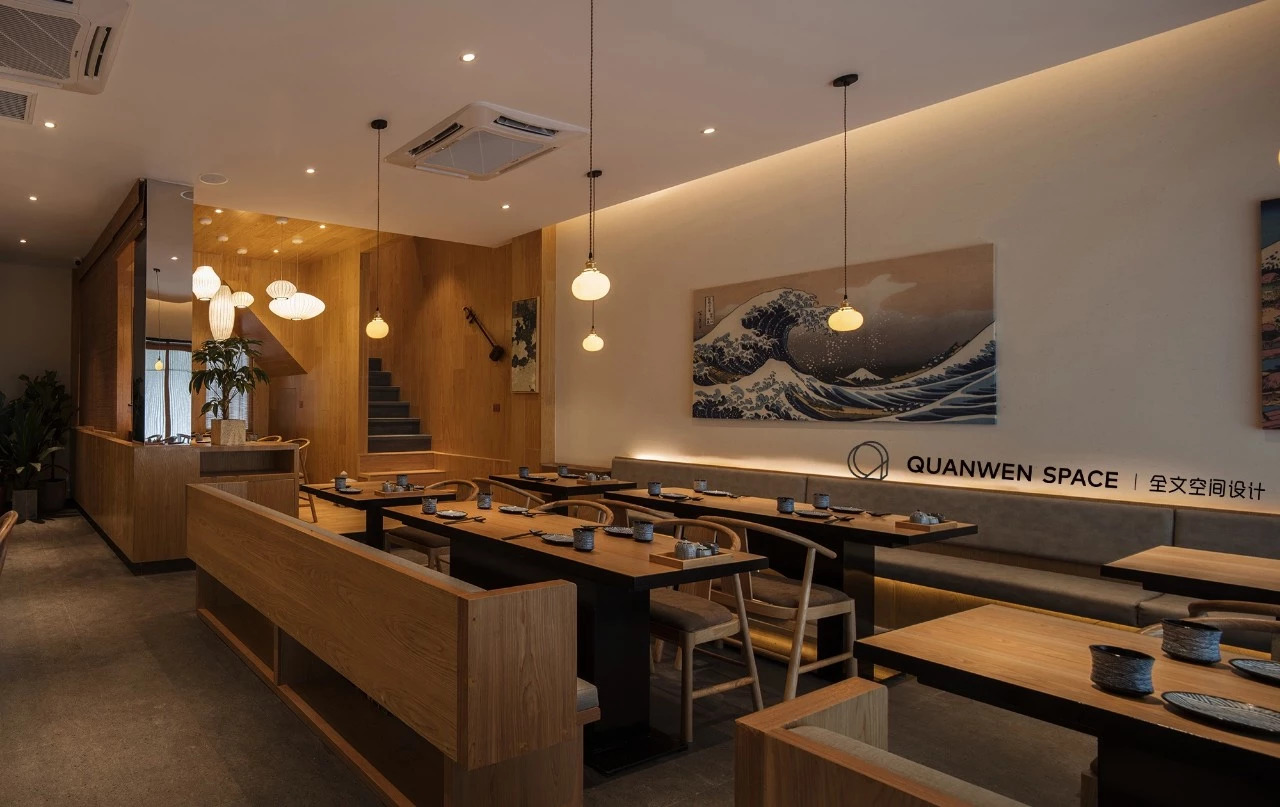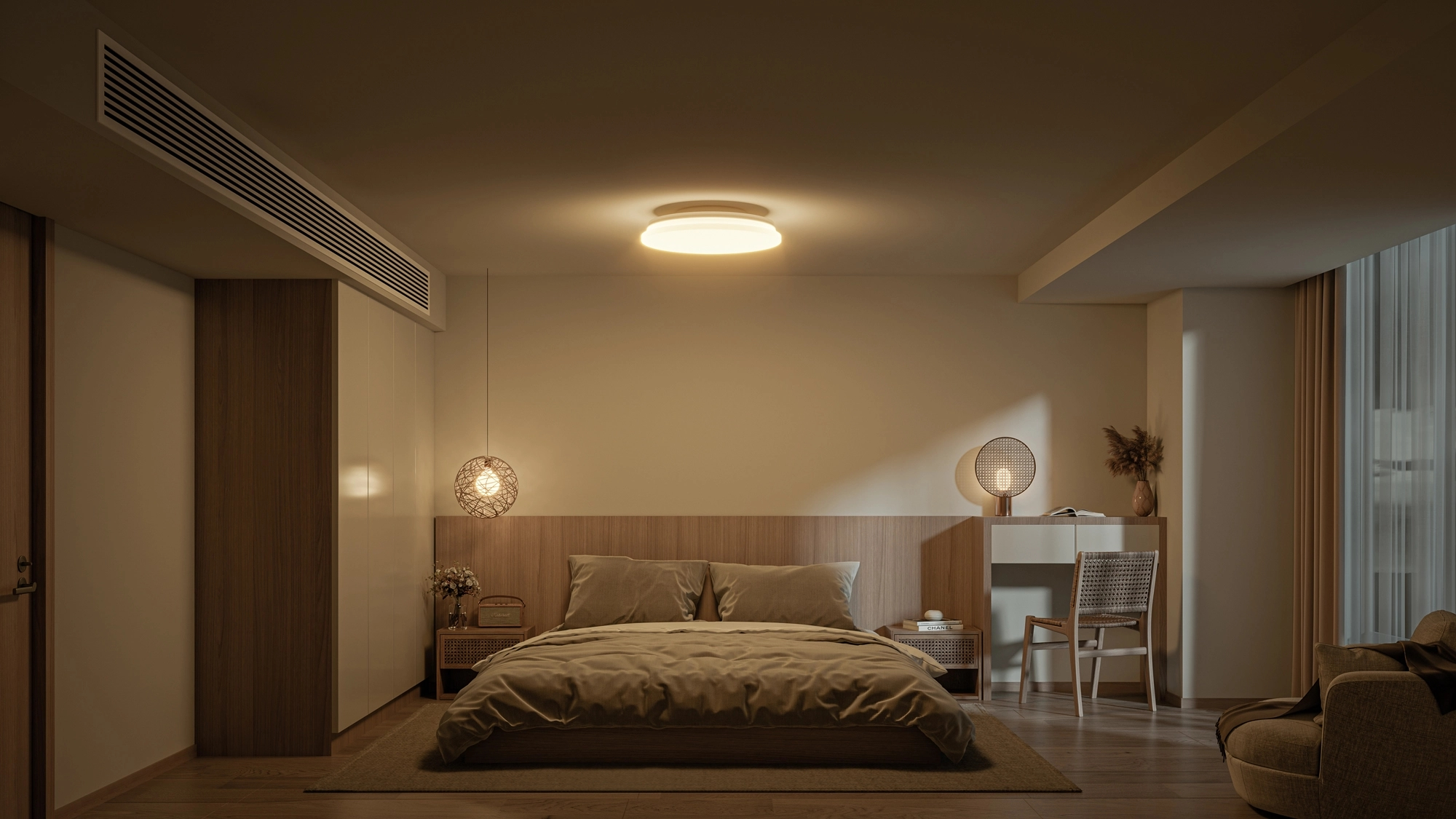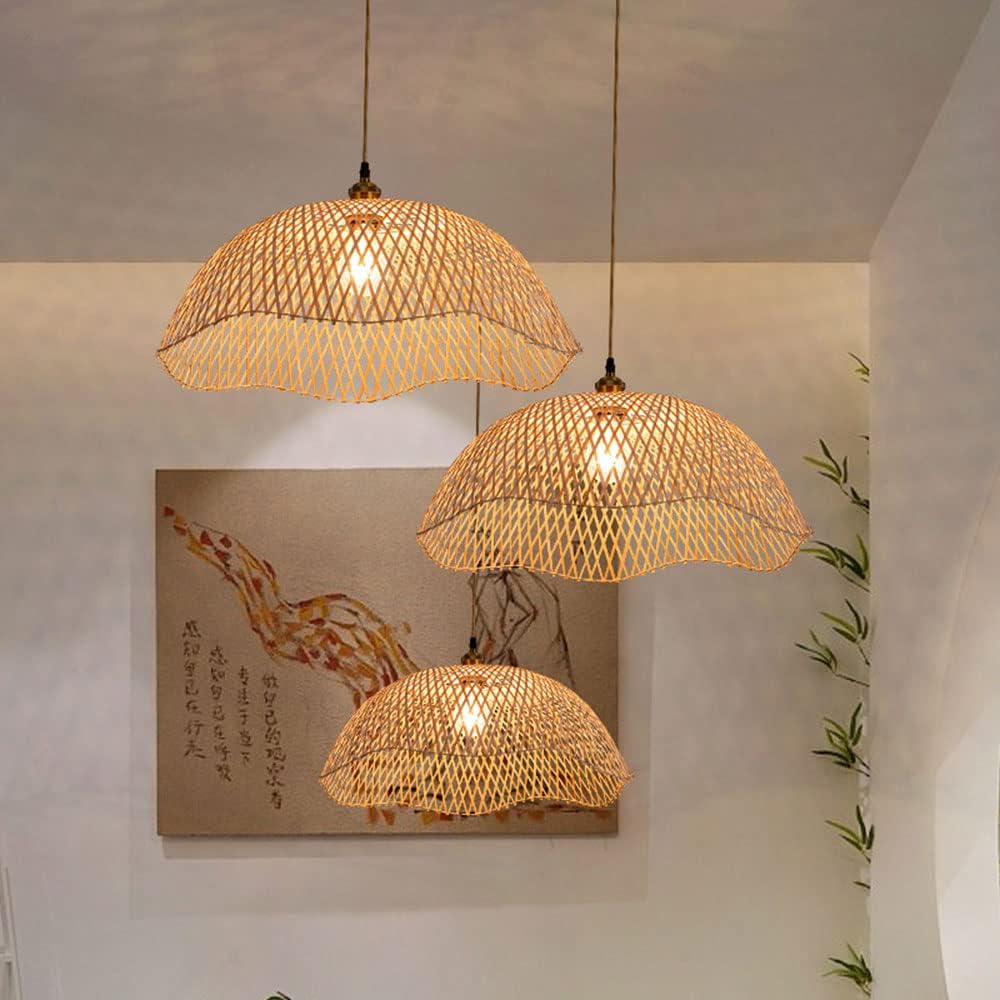Lighting design is an important factor in creating an indoor atmosphere, and layered lighting is a key method to enhance the comfort and functionality of a space. In layered lighting, chandeliers have become the core tool for creating a warm atmosphere due to their unique design sense and diverse light performance.
Follow XINSANXING to learn about the role of pendant lights in layered lighting and provide practical design tips to help you add more warmth and comfort to your home space.

What is layered lighting?
Layered lighting is a lighting method that enhances the overall atmosphere of a space by combining different types of lighting, such as ambient lighting, accent lighting, and decorative lighting. This design concept focuses on the distribution of light, brightness contrast, and layering, making the room both practical and visually appealing.
As a decorative and functional lamp, the pendant light plays an irreplaceable role in layered lighting.
The role of pendant lights in layered lighting
Provide concentrated light
Pendant lights are designed to directly illuminate specific areas, such as the dining table, the center of the living room, or the head of the bed in the bedroom. Through this concentrated lighting, pendant lights can enhance the functionality of the space.
Add decorative beauty
Pendant lights usually have unique shapes and materials, such as rattan pendant lights, glass chandeliers or metal chandeliers, which can serve as the visual focus of the room and add an artistic atmosphere to the space.
Working with other lamps
Pendant lights can form a sense of light layering with downlights, wall lamps, floor lamps, etc., making the lighting effect of the room richer.
1. Create multi-layer lighting in the living room
Use ambient lighting as the basic light source, and install recessed downlights or track lights on the living room ceiling to provide uniform basic light.

Choose a suitable chandelier as the central light source
Recommended: large-sized pendant lights or layered pendant lights, hanging in the center of the living room.
Height recommendation: The bottom of the pendant light should be about 200-230 cm from the ground to ensure unobstructed vision.
Combining accent lighting with decorative lamps
Place floor lamps next to the sofa or in the corner area to enhance local brightness.
Pair with wall lamps or light strips to highlight areas such as the TV background wall or bookshelf to increase the sense of space hierarchy.
2. Create a warm atmosphere in the restaurant
Choose the right pendant light style
The pendant light in the restaurant area needs to take into account both functionality and beauty. Suitable options include:
Rattan pendant light: natural materials and soft light, suitable for natural style restaurants.
Glass pendant light: strong light transmittance, providing soft and uniform light, suitable for modern minimalist style.
Installation height and position
The bottom of the pendant light is about 70-90 cm away from the dining table to avoid excessive light or glare.
If the dining table is long, you can choose to arrange multiple small pendant lights side by side to create a sense of symmetry.
Match with other light sources
Wall light strips: highlight the display cabinet or restaurant background wall.
Candlelight lamps: used on special occasions to further enhance the warm atmosphere.

3. Create comfortable light in the bedroom
Use the pendant light as the decoration focus
Suitable choice: Choose a warm-toned pendant light (2700K-3000K), and the lampshade can be made of soft materials such as linen and rattan, which can add a natural feel to the bedroom.
Hanging position: The pendant light can be installed in the center of the bedroom or at the end of the bed to avoid direct exposure to the head of the bed.
Layer with other lamps
Install wall lamps on both sides of the bed to provide reading light.
Use a small table lamp as an auxiliary light source to add a soft light layer to the room.

Common misunderstandings of layered lighting
· Unclear light layers: Relying on pendant lights as the only light source may result in monotonous light. It is recommended to match them with wall lamps or floor lamps to enhance the sense of space layering.
· Improper selection of pendant lights height: If the pendant lights are installed too low, it will affect the sight line, and if they are too high, it will weaken the effect of centralized lighting. The hanging position of the pendant lights needs to be adjusted according to the specific space height.
· Ignoring energy saving and intelligent control: Using LED bulbs can not only save energy, but also adjust the light brightness and color temperature through the intelligent system to further optimize the lighting effect.
As the core element of layered lighting, pendant lights play an important role in creating a warm atmosphere. By properly matching pendant lights with other lamps and combining the functional requirements of different scenes, you can easily create a comfortable and beautiful lighting environment.
I hope the design tips and suggestions in this article can provide inspiration for your lighting design. If you are considering optimizing the lighting of your home or commercial space, you might as well try layered lighting with pendant lights to experience the unique charm of light.
If You Are in Business, You May Like
Post time: Dec-28-2024










